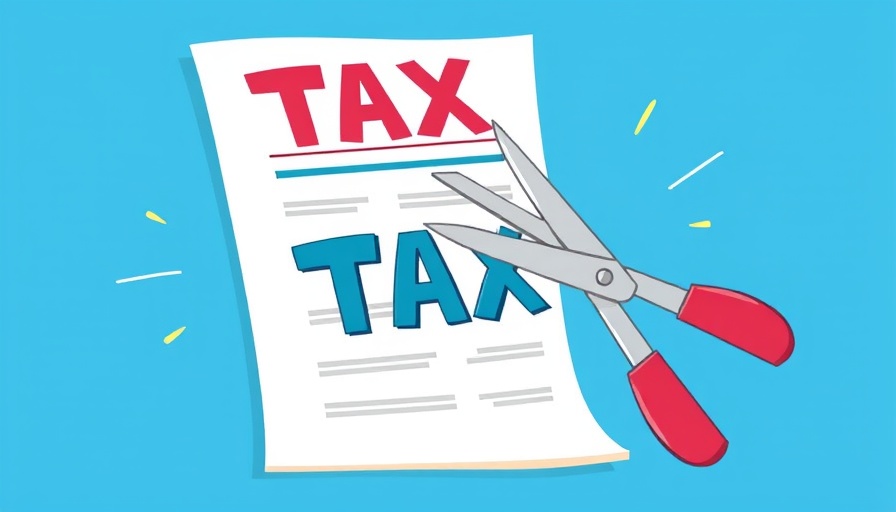
The Hidden Impact of Tax Optimization on Your Investments
When considering which investment advisor to partner with, it’s easy to focus on tangible factors like investment options and projected returns. Yet, one critical aspect often overlooked is tax optimization. This process can significantly influence your long-term returns, especially since tax liabilities can quietly erode your gains.
Maximizing Savings: Four Key Strategies
Effective tax strategy is essential for investors looking to maximize their portfolio's growth. Here are four powerful strategies that can help trim your tax bill:
1. Strategic Asset Organization
Your investment accounts come in three primary forms: tax-deferred, tax-exempt, and taxable. By strategically locating your assets based on their tax implications, you can enhance growth and minimize taxes. For instance, placing bonds in tax-deferred accounts can prevent higher tax liabilities often associated with bond interest.
2. Intelligent Rebalancing Techniques
Rebalancing your portfolio should not lead to a tax headache. By using available cash flows wisely—like reinvested dividends or incoming deposits—you can maintain your asset allocation without triggering capital gains taxes. This fosters both portfolio stability and tax efficiency.
3. Informed Asset Disposal Choices
When needing to sell an asset, consider which one you're liquidating carefully. Instead of the default method of selling the oldest assets first, evaluating which assets have the most favorable tax implications could save you from unnecessary tax costs.
4. Loss Harvesting Strategy
Engaging in loss harvesting can turn a tax liability into an opportunity. By selling underperforming assets, you can offset gains and thus reduce your overall tax burden, making it a potent tool in any investor's arsenal.
Why This Matters
Understanding these strategies not only underscores the importance of tax efficiency in investment but also empowers you to make informed decisions that could lead to substantial savings. In the rapidly evolving landscape of personal finance, these "invisible" wins highlight the role of proactive management in achieving financial confidence. By leveraging the nuances of tax strategies, you ensure your hard-earned money works harder for you.
 Add Row
Add Row  Add
Add 




Write A Comment